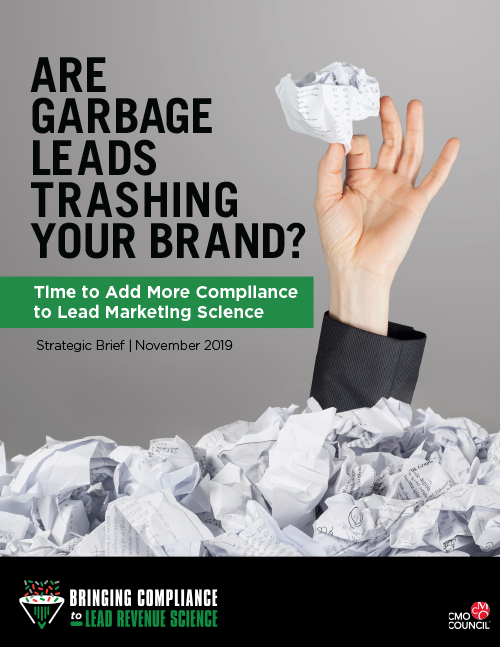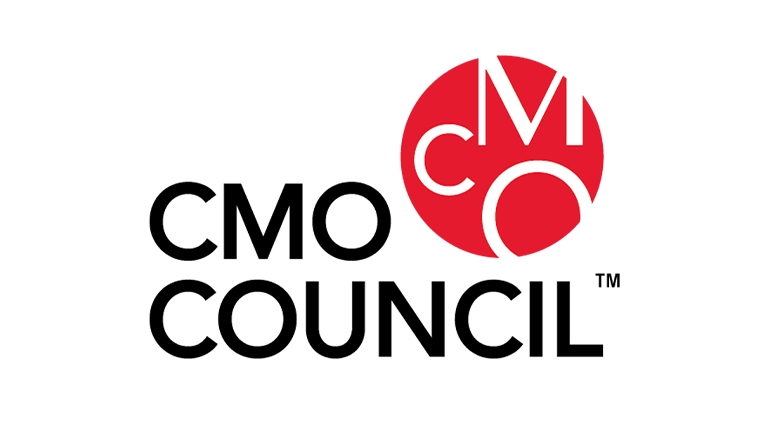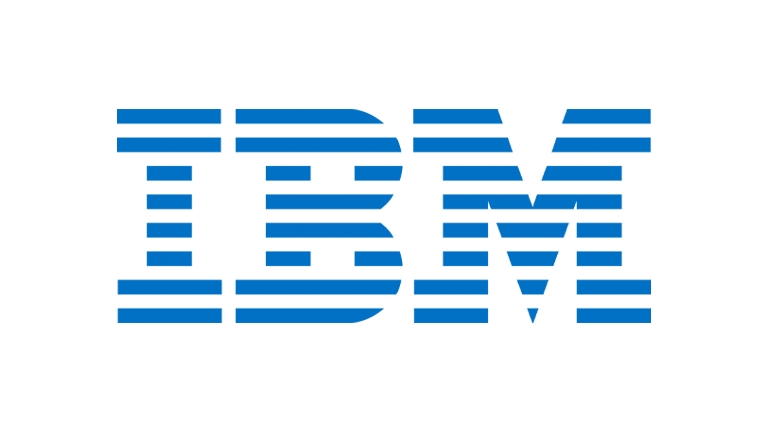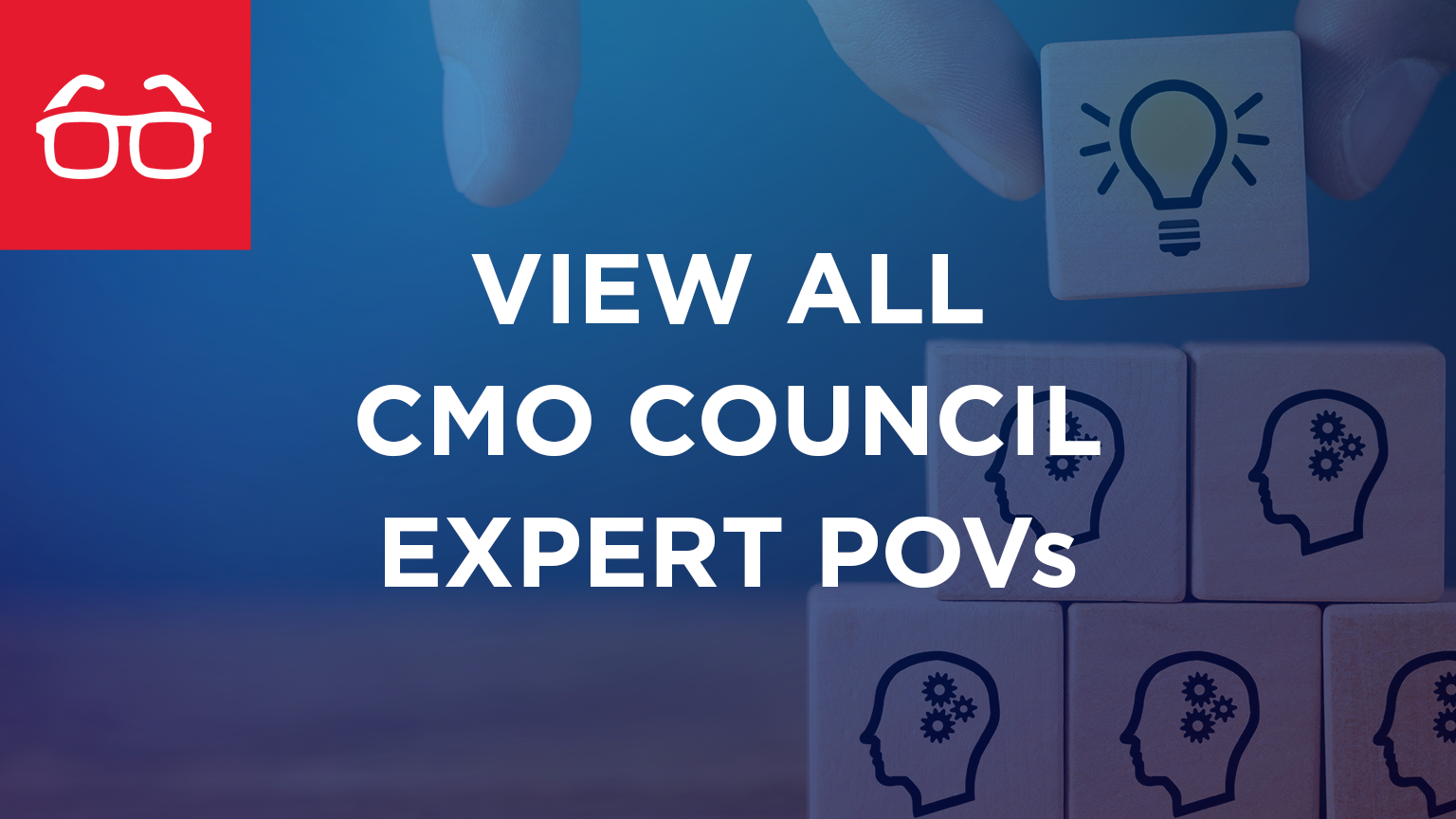“Bringing Compliance to Lead Revenue Science” will certify organizational and marketing/agency partner compliance with industry standards and give business leaders more confidence that leads generated through content syndication meet industry benchmarks for transparency, registration intent and brand safety. This certification process will focus on the following key areas of lead integrity, actionability and assurance:
- Platform review
- Data acquisition and management
- Data subject consent
- Data filtering procedures
- Reporting
- Operational management
- Privacy and data protection
- Access controls
- Human resource security
- Disclosures and definitions
- Complaint handling
- Regulatory compliance.
A certified Lead Evaluation and Assurance Process (LEAP) will also be a new area of strategic focus by the CMO Council as it seeks to help marketers and their media and agency partners improve campaign performance and business outcomes. The CMO Council’s Coalition to Leverage and Optimize Sales Effectiveness (CLOSE) and Content ROI Center will participate as well.
Seeding and harvesting the sales pipeline – the process of acquiring, capturing, qualifying and converting business opportunities – is essential to the growth and profitability of B2B marketers across every industry and geographic sector. Customer demand generation is a mission-critical process in which companies invest heavily, but generally, are dissatisfied with the results. Put positively, it is a business process ripe for performance improvement.
Lead leveraging through integrated marketing and sales execution represents an essential but under-managed discipline in today’s commercial enterprise. Top executives, as well as sales, marketing and channel management professionals, are dissatisfied with the effectiveness with which they acquire new customers, as measured by either close rates or return on investment across the selling cycle.
While they consider new customer acquisition to be essential to the growth of their companies, few have implemented formal processes or standards to optimize results, return and compliance. One might surmise that the lack of formal processes is based less on a desire to improve business performance and more on a lack of understanding about how to formalize, measure and improve those processes.
It is also clear that companies do not manage business leads in a way that optimizes their quality or value. After spending large sums on their initial acquisition through costly media campaigns and multi-channel content marketing programs, only a small percentage of companies effectively act on, nurture, convert, close, recover, or re-qualify leads over time. In other words, many new business leads that could result in sales are discarded or become obsolete without any effort to refresh them. Companies must focus greater management attention on the issue of performance improvement in sales lead optimization and yield management.
Companies are investing a significant percentage of their revenues in activities directed at lead acquisition, but most do not optimize those investments by developing formal processes for qualifying, certifying and validating new business opportunities. By their own admission, companies surveyed by the CMO Council say they are wasting time, money and valuable business leads – leaving big money on the table every quarter.
Benchmarking + Standards-Setting
Areas for exploration and assessment in lead performance mapping, modeling and measurement include:
- Customer modeling, targeting and prioritization capability
- Lead nurturing systems and lead scoring practices
- Lead obsolescence, deliverability and decay
- Speed, efficiency and timeliness of lead processing and qualification
- Leveraging of tools and sources for richer prospect profiling
- Moving opportunities through every stage of the selling cycle
- Rigor, discipline and process using automation and accountability
- Cultivation, conversion and closure disciplines and outcomes
- Conversational strategies and consultative approaches
- Volume and caliber of opportunities delivered
- Predisposition and actionability of prospects
- Selling cycle productivity and transparency
- Level of automation and qualification
- Opportunity quality, conversation ability, revenue potential
- Use of social media in multiplying effectiveness
- Pipeline visibility and funnel effectiveness
- Measurements of lead value – cost-per-lead; cost-per-opportunity; cost-per-deal










